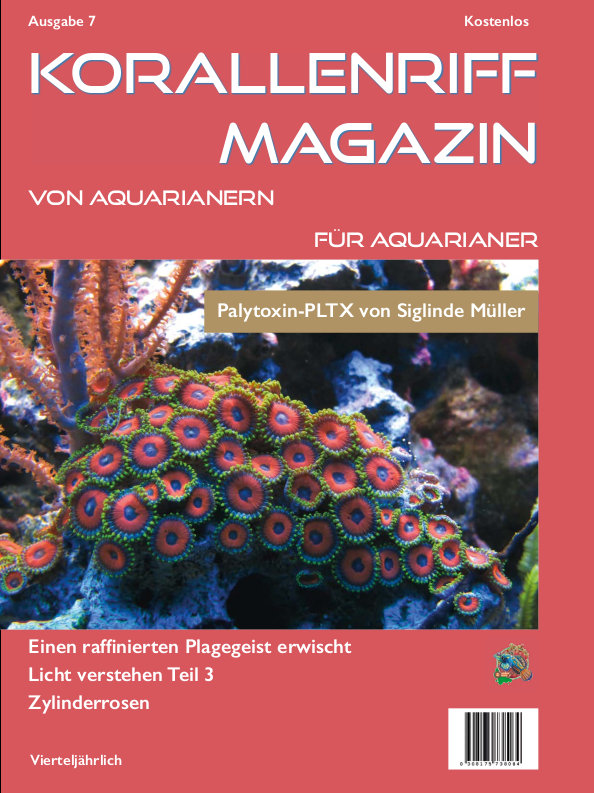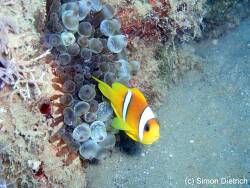Info
Amphiprion bicinctus is not a difficult sea anemonefish to keep, but it can sometimes become quite rough with increasing age.
After all, it is a representative of the damselfish family, which is somehow characterized by rough behaviour.
This fish is often available as offspring.
Breeding should always be preferred to wild-caught fish, as they are more stable and thus support breeding.
Sex and mating.
Anemonefish are protandrous hermaphrodites, meaning that life begins as a male. If two juveniles of the same size are present, then the more dominant anemonefish will develop into a female. If two females of the same size are placed together, then the weaker female will form back into the male, but this will take some time and there will be fierce fighting. The reversion can take several weeks, and during this time the more dominant female will keep putting the pressure on the weaker female until the sex has changed.
If there are several anemonefish in the aquarium and the dominant female dies, the previously dominant male will revert to female and a previously suppressed animal will move up to the dominant male. By this adjustment the main task, the spreading of the "own genes" on fast way remains.
Once the disputes have settled and the roles are established, the female will continue to grow. The difference in size from male to female is about 1-3 cm depending on the initial size of the species.
Is associated with the following sea anemones: Entacmaea quadricolor; Heteractis aurora, Radianthus crispa, Radianthus magnifica, Stichodactyla mertensii and Stichodactyla gigantea.
It is of course advisable to have an anemone, as they feel most comfortable in it and it suits nature.
Some people keep the animals without an anemone, the care works there too.
But it is nicer with the right anemone.
Depth distribution 1 - 30 meters.
Stands up to 2 meters above the anemone in the sea and therefore requires considerably more swimming space in the aquarium than the other species.







 Richard und Mary Field, Malta
Richard und Mary Field, Malta































































